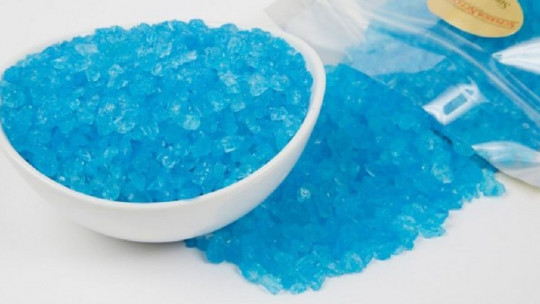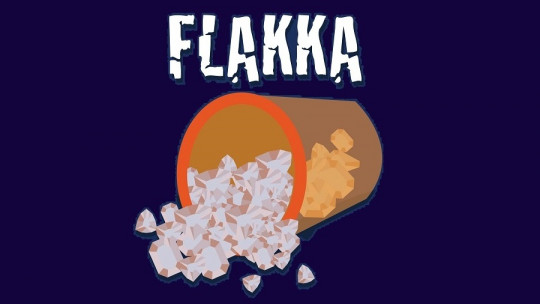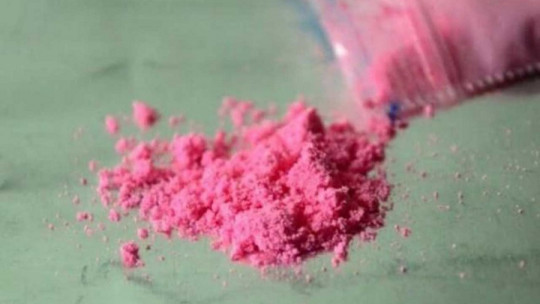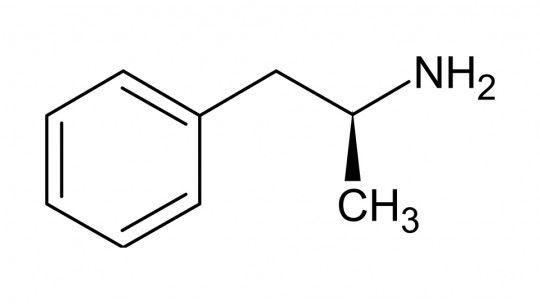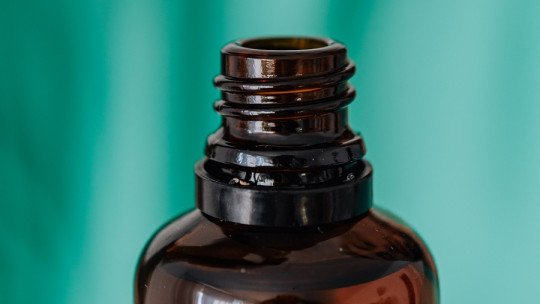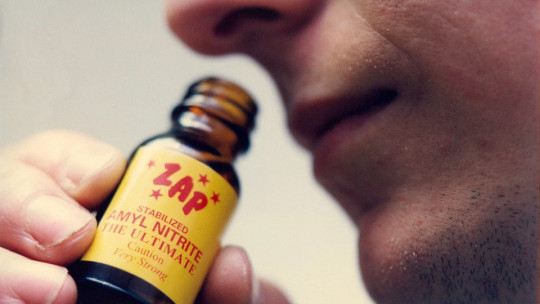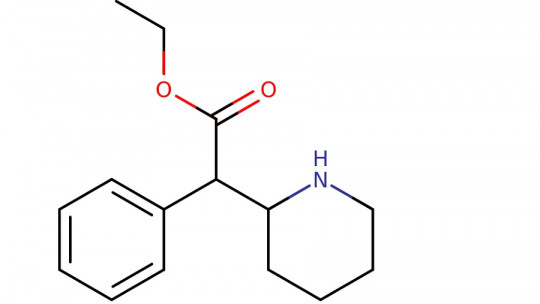
Ethylphenidate is a substance with stimulating effects that generates in the user a series of effects such as euphoria or improved mood, characteristic of other exciting drugs such as amphetamines or cocaine.
In this article we explain What does ethylphenidate consist of and what effects does it cause? what is its mechanism of action and the doses used, as well as the contraindications and side effects after consumption.
What is ethylphenidate and what effects does it have?
Ethylphenidate or ethyl ester of ritalinic acid is a stimulant compound from the piperidine group. This drug has been considered a “research chemical” (which we will talk about later), a research chemical substance that is not controlled by the authorities and that, being analogous to others that are, can be considered for illegal use. At least until recently.
Although it is a closely related analogue, it should not be confused with methylphenidate a medication commonly used to treat attention deficit hyperactivity disorders (under the trade names Ritalin or Concerta, in its long-acting version).
Usually, This drug is used in recreational contexts (as an alternative, sometimes, to other prohibited stimulant drugs, such as cocaine) in search of effects such as euphoria, alertness, elevation of mood or improvement of social skills.
In relation to the legal status of this substance, the Ministry of Health launched the legal mechanisms to include ethylphenidate in the list of psychotropic substances, considering that has no therapeutic use and that its use would entail a risk to public health. It is currently on list II of psychotropic substances under international control.
Mechanism of action and dosage
The most common routes of administration of ethylphenidate are nasally (snorted) and intravenously, although it can also be consumed orally, smoked or rectally. The intravenous route is the one that produces the most powerful and immediate effects, while the nasal route is the most common in recreational contexts, it attenuates the stimulating “high” and prolongs it over time.
ethylphenidate acts by inhibiting the presynaptic reuptake of amines, through the inhibition of monoamine transporters (such as the dopamine transporter and the norepinephrine transporter), thus increasing the level of these neurotransmitters in the synapses and the brain.
This substance has greater dopaminergic selectivity with an affinity 16 times greater for dopamine transport proteins than for norepinephrine, which seems to indicate that it generates a greater effect of euphoria, as well as less anxiety and fewer sympathomimetic effects (such as increased heart rate or blood pressure) than its analogue methylphenidate.
The usual doses for intranasal recreational use are usually set at around 25 and 50 mg, and 50-75 mg as a stronger dose, also increasing the adverse effects.
There is also less recreational consumption and more focused on work or artistic production in which the user redoses every three or four hours, with oral doses of between 2 and 5 mg, in order to take advantage of the stimulating effects (very similar to those of one or two coffees) without taking their toll on the side effects that would be expected from higher consumption patterns or doses.
Contraindications
The consumption of ethylphenidate and, in general, any psychostimulant substance that has sympathomimetic effects (acting as an agonist of the sympathetic nervous system) It is contraindicated in people who suffer from any of the following conditions:
Side effects and adverse reactions
Ethylphenidate, like analogous stimulant compounds, It can cause a series of adverse or side effects in those who consume it which would be the same as those produced when consuming methylphenidate.
However, since it is a relatively new substance, The effects of continued and long-term consumption are still not entirely clear so caution is always requested in this regard.
It must also be taken into account that since it is a substance for recreational use, consumption carried out intranasally can cause damage to the nasal passages or bleeding.
However, between The most common side effects include the following::
“Research chemicals”
The term “research chemicals” refers to all those research chemicals or psychoactive substances that have not been internationally controlled and that are generally sold through channels other than conventional drugs (on the Internet, for example). They may also be known as “new psychoactive substances.” even though some have been synthesized decades ago.
These substances appear on the drug market at a certain time and are usually new in their availability, their mechanism of action or their synthesis. Many times, the clandestine chemists who manufacture these new molecules are based on already known drugs and what they do is modify their chemical structure to attenuate or enhance certain desired effects.
Many of these compounds were and are currently sold on Internet pages in Asian countries, with strange commercial names and the appearance of “bath salts” or incense, always under the label that they are not suitable for human consumption, so that This way sellers do not have legal problems in certain countries.


